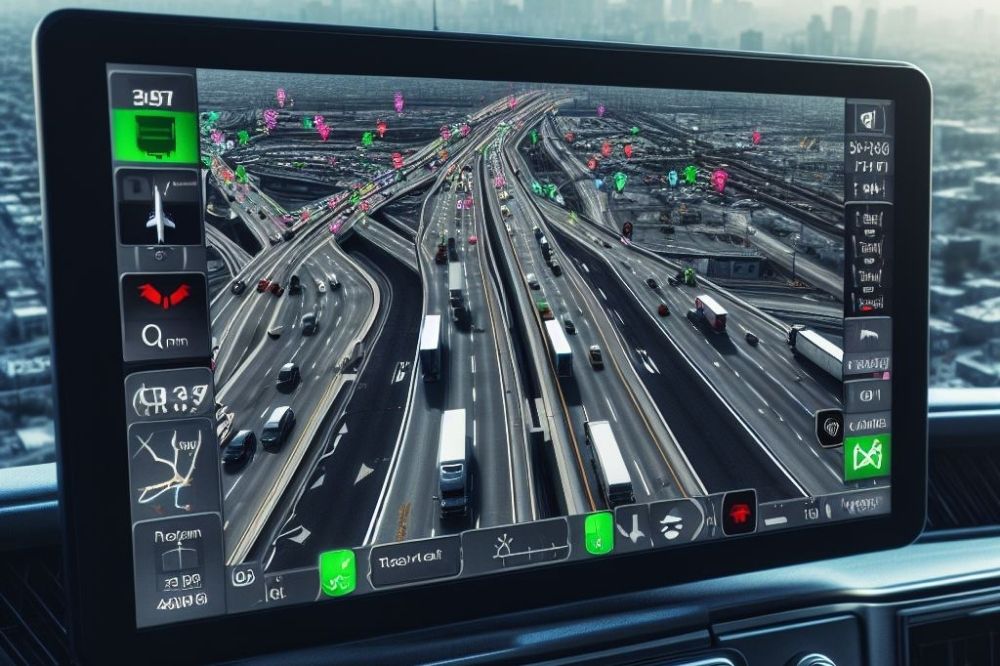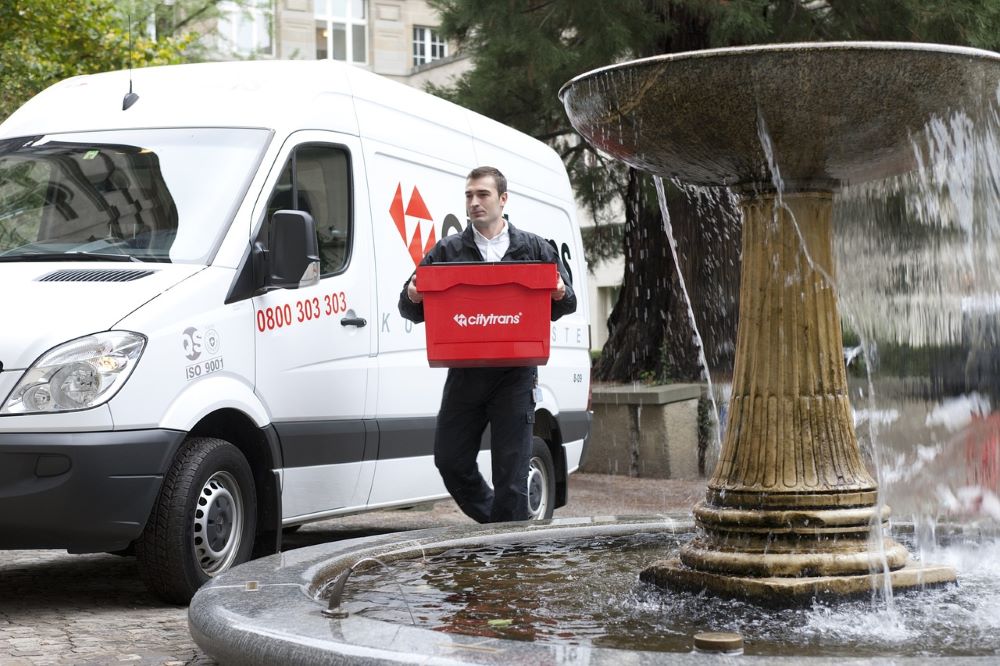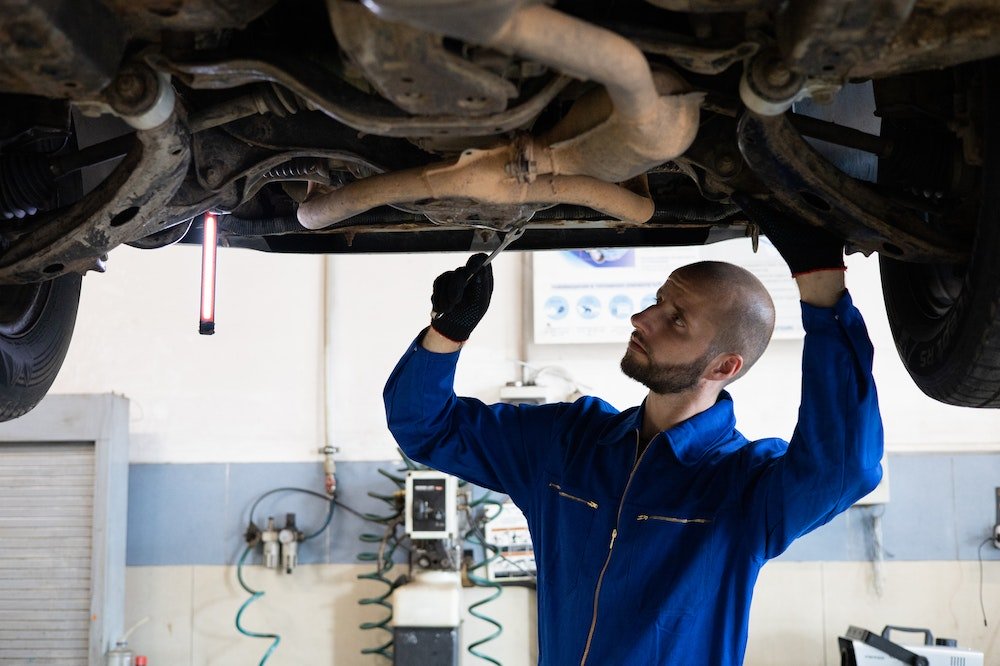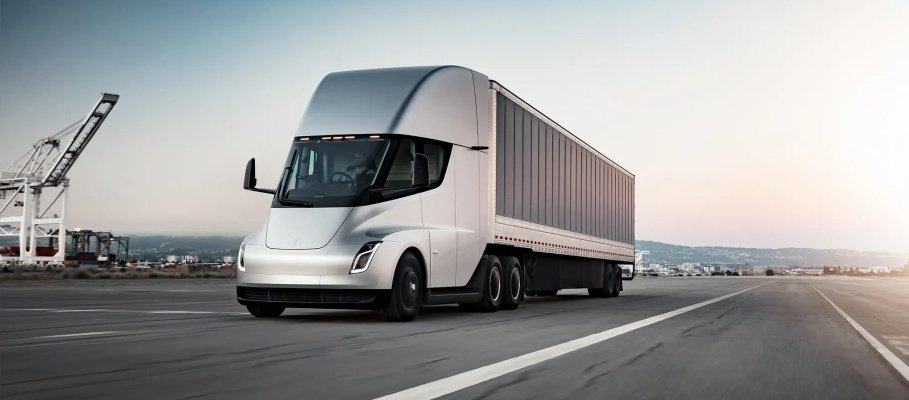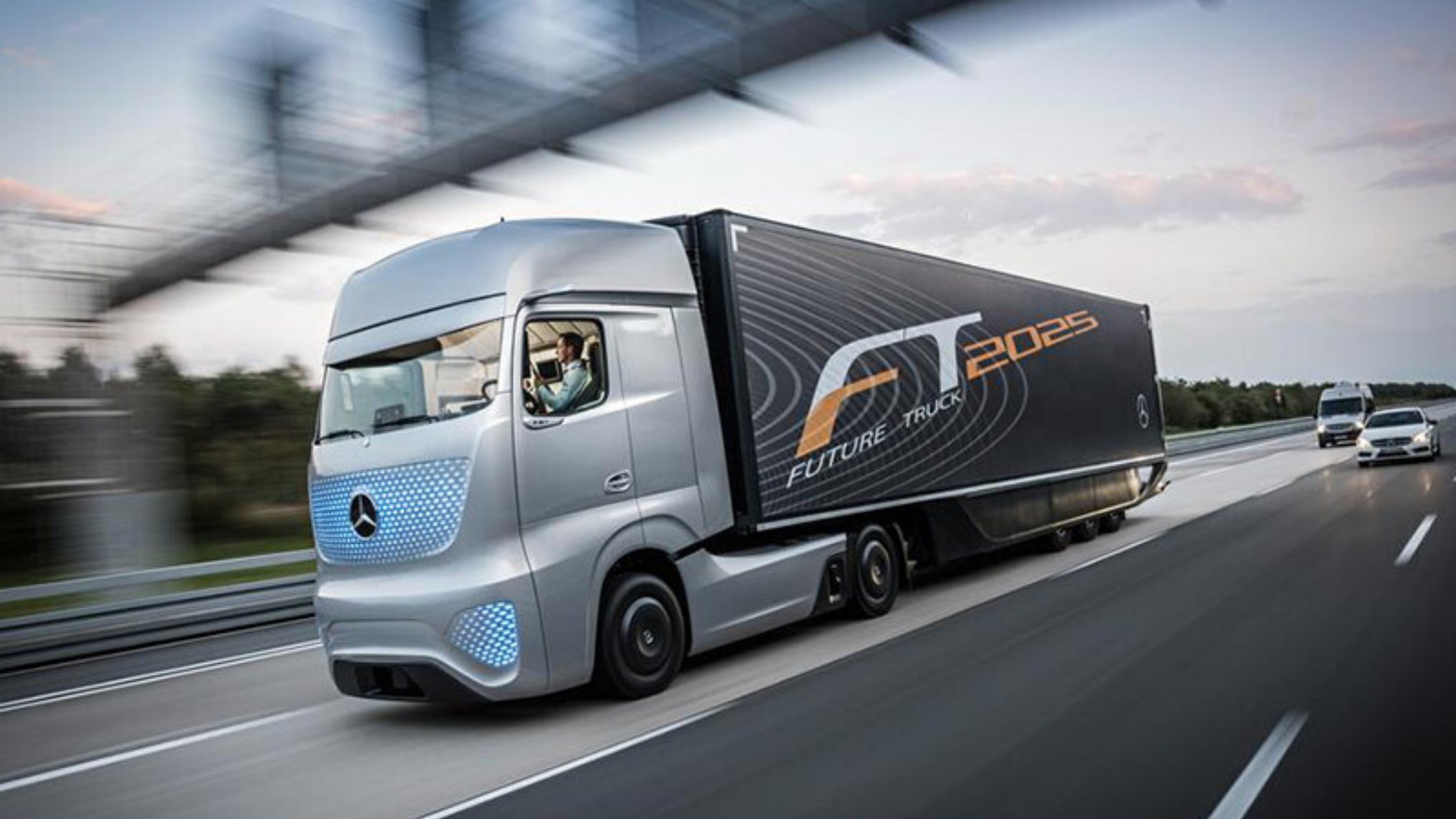Choosing the right commercial truck driver GPS is an essential decision for anyone in the transportation business.
Unlike regular car GPS systems, a truck GPS should include extra features and abilities. As truck drivers rely so heavily on their GPS, having a high-quality GPS is essential.
In this guide, we’ll explore what you need to know about a commercial truck driver GPS and how to choose the right one.
What is a GPS Tracker?
A GPS tracker, or Global Positioning System tracker, is a device that determines and records the precise location of an object or person in real time. The GPS relies on satellites orbiting the Earth to provide accurate location data.
GPS trackers can be installed in cars, trucks, and other vehicles to monitor their location, speed, and route. This is often used for fleet management, ensuring driver safety, and preventing theft.
What Types of Commercial Vehicles Should Use Truck GPS Apps?
Truck GPS apps are designed to cater to the specific needs of commercial vehicles, huge trucks, and freight carriers.
These apps offer features and navigation tools tailored to the challenges faced by truck drivers. Here are some commercial vehicles that can benefit from using truck GPS apps.
Semi-Trucks and Tractor-Trailers
Long-haul and freight-carrying trucks that transport goods over long distances can benefit from truck GPS apps. These apps consider factors like truck weight, height, and length to provide routes suitable for large vehicles. This can be a major help for commercial truck drivers.

Delivery Trucks
Vehicles used for local and regional deliveries, such as box trucks and delivery vans, often require precise navigation to reach various stops efficiently. This can help with custom truck routing for smoother deliveries.
Construction and Utility Vehicles
Vehicles used in construction, utility maintenance, and similar industries may need to navigate to remote job sites. Truck GPS apps can help in finding these locations.
Oversized and Specialty Vehicles
Vehicles with non-standard dimensions, such as oversized loads or those carrying hazardous materials, require GPS apps that consider these unique requirements when planning routes.
Again, customized truck routing for these vehicles can be extremely helpful.

Fleet Vehicles
Businesses with a fleet of commercial vehicles can use GPS units to manage and track their vehicles, optimize routes, and monitor driver behavior for efficiency and safety.
How to Choose the Best GPS for Truck Drivers
Choosing the best truck GPS can be tricky, as there are many different factors that can go into these systems. Here are a few crucial considerations that truck drivers should make when choosing truck GPS units.
Screen Size
Opt for a GPS device with a large and clear screen that’s easy to read, especially while driving. A bigger screen makes it easier to view maps and instructions without distraction. This can help truck drivers avoid accidents on their truck routes.
Ease of Use
The GPS should have an intuitive and user-friendly interface, ensuring drivers can easily navigate menus, input destinations, and access essential functions.
Durability
The right truck GPS devices should be built to withstand the rigors of the road. Look for models that are robust and built to handle the vibrations and temperature variations commonly encountered in trucks.
Installation
Consider how the GPS is installed in the truck. Some may require professional installation, while others can be mounted easily on the dashboard or windshield.
Long-Term Support
Choose a GPS brand that offers ongoing software updates, ensuring that you have access to the latest features and map data.
Storage Space
Adequate internal storage or support for external memory cards is essential to accommodate large map files and other data.
Special Features for Trucking GPS
Regular GPS devices aren’t always suitable for commercial truck drivers. Here are a few specific features to look out for when choosing a truck GPS.
Up to Date Maps
Ensure the GPS device provides access to the latest map updates and can alert you when new maps are available for download. Maps should also show features like gas stations, truck-friendly parking, and rest stops.
Driver Safety
Look for features like driver fatigue warnings, alerts for speed limits, cautions for narrow roads, and lane departure warnings to enhance safety during long drives.
Drive Assist Features
Features like lane guidance, intersection view, and reality view can help truck drivers navigate complex roadways more easily.
Precision of Navigation Directions
The GPS should provide accurate and detailed turn-by-turn directions, including voice prompts and visual cues.

Voice Navigation
Voice-guided directions can be invaluable, allowing drivers to keep their eyes on the road while receiving instructions.
Truck-Specific GPS Routing
Opt for a GPS that considers truck-specific parameters like weight, height, length, and hazardous materials restrictions when planning routes.
Real-Time Traffic Consideration
GPS devices that provide real-time traffic updates can help drivers avoid congestion and delays, saving time and fuel.
Road Restriction Monitoring
Ensure the GPS alerts you to road restrictions, such as low bridges or weight limits, and offers alternative routes.
Toll Road and Highway Bypass Options
Look for a GPS that allows you to choose whether to take toll roads and highways or opt for more cost-effective routes.
Fuel Consumption Management Features
Some GPS devices provide information on fuel-efficient routes and offer tools for monitoring and managing fuel consumption.
Data Handling – Trip Logging, Fleet Management
If you’re managing a fleet of trucks, consider GPS devices that offer data-handling features for trip logging, tracking, and fleet management.
Final Thoughts
By considering these factors and features, truck drivers can choose a GPS device that best suits their needs, enhances safety, and improves efficiency while on the road. It’s vital to assess the specific requirements of your trucking operation to find the ideal GPS solution.
A GPS is an essential piece of equipment for any commercial truck. While you could always get a free truck GPS app, investing in the right commercial GPS adds value to any truck driver.
Are you looking to purchase a semi-truck? Then get in touch with us at Mission Financial, where we can help you secure financing for your dream vehicle.

